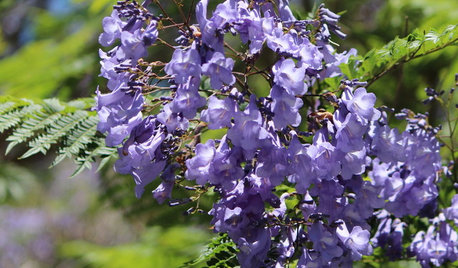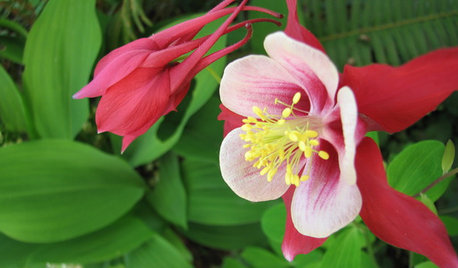Is there a giant orange aphid with black legs?
User
10 years ago
Related Stories

GARDENING GUIDESHow to Keep Your Citrus Trees Well Fed and Healthy
Ripe for some citrus fertilizer know-how? This mini guide will help your lemon, orange and grapefruit trees flourish
Full Story
EDIBLE GARDENSSummer Crops: How to Grow Tomatoes
Plant tomato seedlings in spring for one of the best tastes of summer, fresh from your backyard
Full Story
DECORATING GUIDESCreate Your Own Shangri-la With Bird of Paradise Plants
Quintessentially tropical, this broad-leaved beauty can transform bland interiors in the batting of a frond
Full Story
DECORATING GUIDES10 Popular Home Design Trends — Timely or Timeless?
Weigh in on whether these of-the-moment decorating elements will have staying power or become a memory of these times
Full Story
CALIFORNIA GARDENINGCalifornia Gardener's July Checklist
Bite into tree-fresh apricots, inhale delightful garden perfumes and continue planting vegetables for a late-summer harvest
Full Story
BEFORE AND AFTERSBefore and After: 19 Dramatic Bathroom Makeovers
See what's possible with these examples of bathroom remodels that wow
Full Story
GARDENING GUIDES3 Ways to Revel in Summer Garden Sweetness
Patiently observe what works and doesn’t work in your landscape
Full Story
GARDENING FOR BUTTERFLIESGreat Design Plant: Columbine Grows Happily in Shade and Sun
Its ethereal beauty comes from complex forms and wide-ranging colors, but columbine’s benefits are highly attractive too
Full Story
PETSDealing With Pet Messes: An Animal Lover's Story
Cat and dog hair, tracked-in mud, scratched floors ... see how one pet guardian learned to cope and to focus on the love
Full Story
FURNITURE6 Decades-Old Designs That Look Better Than Ever
After getting a few nips and tucks, some favorites from the ’60s and ’70s have made a stylish comeback
Full Story









tepelus
UserOriginal Author
Related Professionals
Edmond Landscape Contractors · Live Oak Landscape Contractors · Winchester Landscape Contractors · Northbrook Driveway Installation & Maintenance · Mission Viejo Driveway Installation & Maintenance · East Providence Driveway Installation & Maintenance · Bellevue Fence Contractors · La Grange Fence Contractors · New Haven Fence Contractors · Park Ridge Fence Contractors · Rome Fence Contractors · Bell Gardens Solar Energy Systems · Hercules Solar Energy Systems · Lomita Solar Energy Systems · South Whittier Solar Energy Systemsilovetogrow z9 Jax Florida
tsugajunkie z5 SE WI ♱
Steve Massachusetts
donrawson
marricgardens
Lee
dg
dg
tsugajunkie z5 SE WI ♱
UserOriginal Author
UserOriginal Author
UserOriginal Author
tsugajunkie z5 SE WI ♱
UserOriginal Author
tsugajunkie z5 SE WI ♱
chris-e
UserOriginal Author
UserOriginal Author
UserOriginal Author
tsugajunkie z5 SE WI ♱
cyn427 (z. 7, N. VA)
Babka NorCal 9b